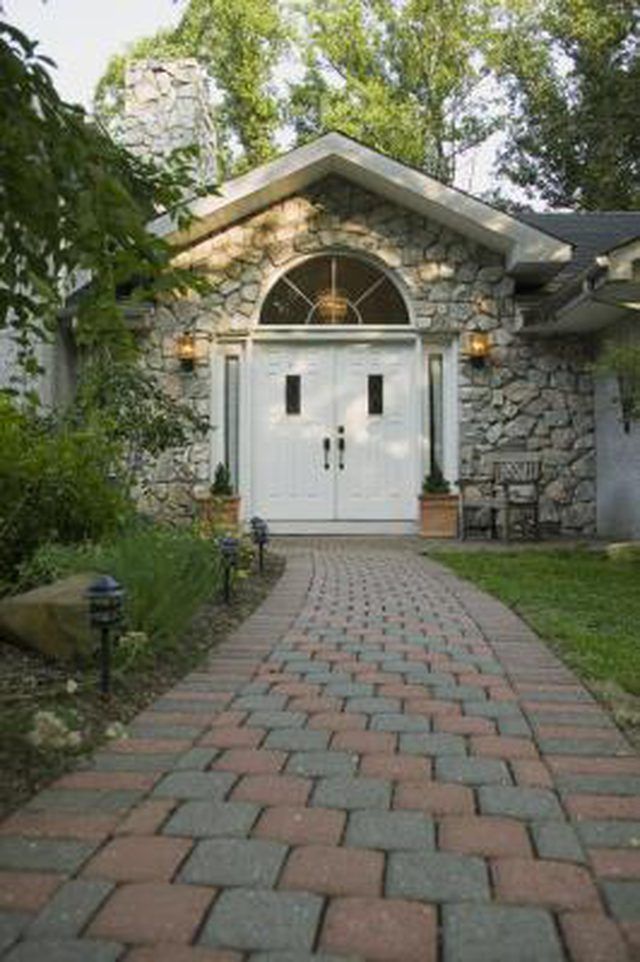Bulbs
Flower Basics
Flower Beds & Specialty Gardens
Flower Garden
Garden Furniture
Garden Gnomes
Garden Seeds
Garden Sheds
Garden Statues
Garden Tools & Supplies
Gardening Basics
Green & Organic
Groundcovers & Vines
Growing Annuals
Growing Basil
Growing Beans
Growing Berries
Growing Blueberries
Growing Cactus
Growing Corn
Growing Cotton
Growing Edibles
Growing Flowers
Growing Garlic
Growing Grapes
Growing Grass
Growing Herbs
Growing Jasmine
Growing Mint
Growing Mushrooms
Orchids
Growing Peanuts
Growing Perennials
Growing Plants
Growing Rosemary
Growing Roses
Growing Strawberries
Growing Sunflowers
Growing Thyme
Growing Tomatoes
Growing Tulips
Growing Vegetables
Herb Basics
Herb Garden
Indoor Growing
Landscaping Basics
Landscaping Patios
Landscaping Plants
Landscaping Shrubs
Landscaping Trees
Landscaping Walks & Pathways
Lawn Basics
Lawn Maintenance
Lawn Mowers
Lawn Ornaments
Lawn Planting
Lawn Tools
Outdoor Growing
Overall Landscape Planning
Pests, Weeds & Problems
Plant Basics
Rock Garden
Rose Garden
Shrubs
Soil
Specialty Gardens
Trees
Vegetable Garden
Yard Maintenance
How to Build a Walkway Without Cement
How to Build a Walkway Without Cement. Building a walkway in your landscape without cementing it in place holds several advantages. You can put in less labor to build it, reduce the cost of construction, obtain a more natural look and even move it if you change your mind later. It is, however, more complicated to accomplish than simply throwing...

Building a walkway in your landscape without cementing it in place holds several advantages. You can put in less labor to build it, reduce the cost of construction, obtain a more natural look and even move it if you change your mind later. It is, however, more complicated to accomplish than simply throwing stones down in the shape you desire. You must account for potential settling in the future, as well as shifting between stones.
Things You'll Need
Spray paint
Shovel
Wood or vinyl bender board
Coarse gravel
Builder's sand
Level
Plants
Broom
Decide what materials you want to use for your walkway. If it is going to be used a lot, choose firm, flat pavers that are easy to walk on. Some long-lasting possibilities are flagstone, brick, formed paving stone, cut stone or tile.
Design the path of your walkway and mark out the size and shape with marking paint directly on the ground.
Dig out the area to about 6 inches deep. You may want to use wood or vinyl bender board to outline the outer edges and keep lawn or weeds from encroaching later.
Set a layer of coarse gravel or road base into the dug area at about 3 inches deep, and cover it with another 1 to 2 inches of builder's sand, depending on the depth of the paving material you are using. Smooth and level it.
Set your paving stones on top of the layer of sand, pressing them in firmly and leaving no large air pockets. Use a level to make sure all the top surfaces are even.
Fill the space between your pavers with gravel or more builder's sand. You can also plant low-growing tough groundcover plants that can take some traffic in the in-between spaces if the gaps are big enough. Plant them into the sand; the roots will find soil beneath.
Overfill the sand if using sand alone in the cracks, wait for a few days for the sand to settle and then brush off the excess with a light broom.
Water in your walkway with occasional light sprinklings to help everything settle.